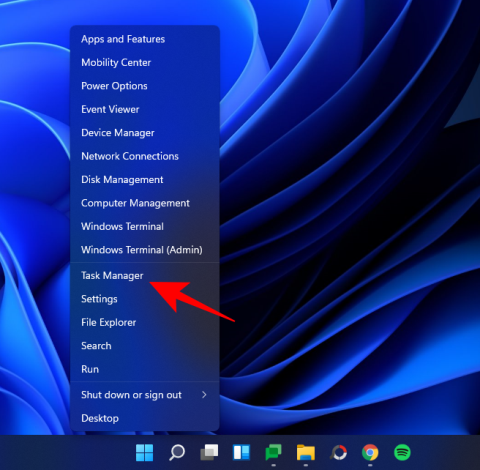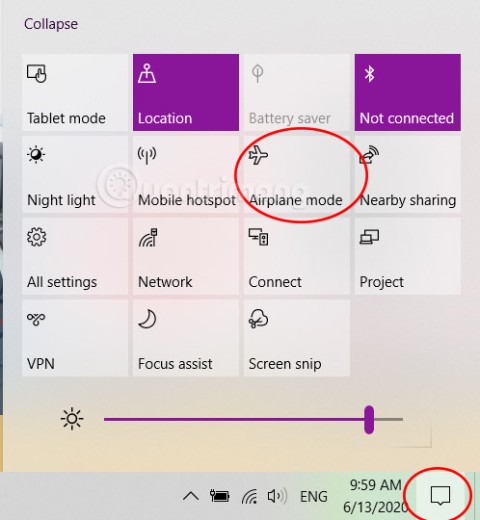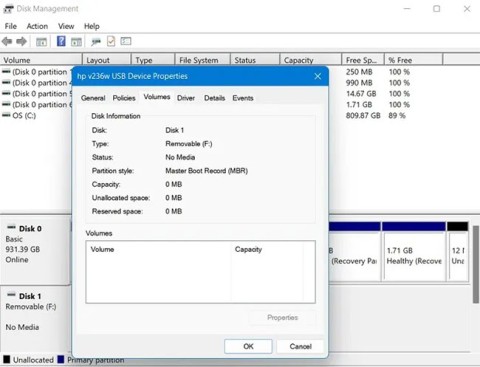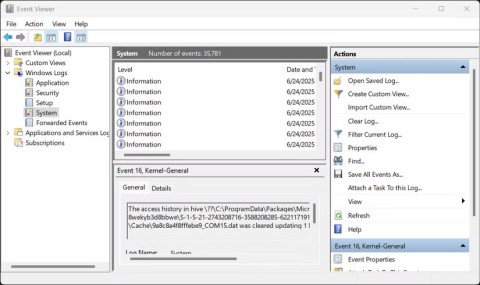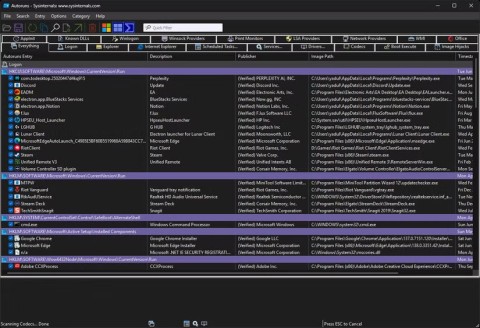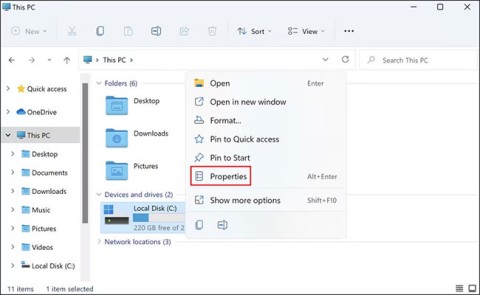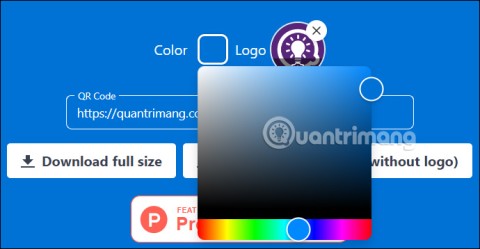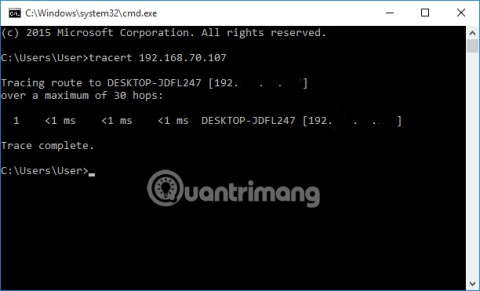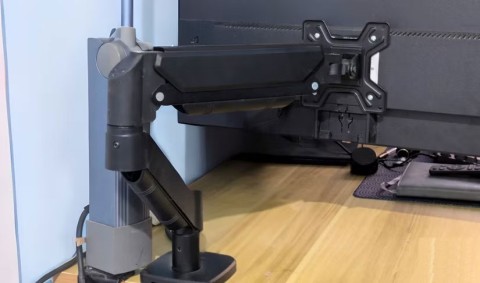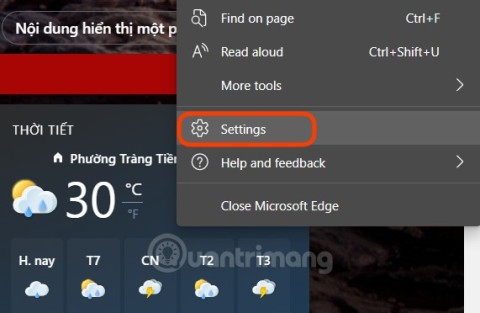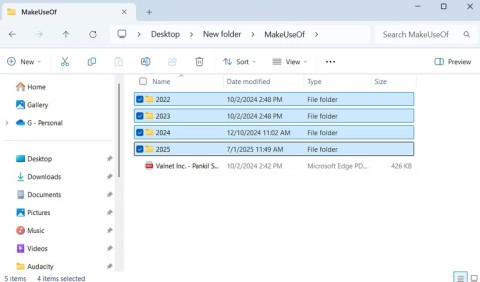
Windowsin Resurssienhallinta on portti graafiseen käyttöliittymään (GUI), jonka avulla navigoimme Windows-käyttöjärjestelmässä. Se on käyttäjäkuori, jonka avulla voit tutkia työpöytää, tiedostonhallintaa, Käynnistä-valikkoa ja tehtäväpalkkia sekä monia muita siihen liittyviä asioita. Tietyissä tilanteissa saatat joutua käynnistämään sen uudelleen, esimerkiksi kun yksi tai useampi sen elementeistä alkaa häiritä tai jos näyttö jumiutuu.
Windows 11:n avulla Microsoft on tukenut huomattavasti Windowsin Resurssienhallintaa ja "keskittänyt" koko kokemuksen. Mutta tavat käynnistää se uudelleen ovat edelleen samat. Tässä tarkastellaan, kuinka Windowsin Resurssienhallinta käynnistetään uudelleen ja mitä tapahtuu, kun teet niin.
Sisällys
Mitä tapahtuu, kun käynnistät Windows Explorerin uudelleen (ja milloin sinun pitäisi tehdä se)?
Windowsin Resurssienhallinnan uudelleenkäynnistys on aivan kuten minkä tahansa muun sovelluksen uudelleenkäynnistys – se sammuttaa käyttäjän kuoren ja käynnistää sen uudelleen. Tämä tarkoittaa, että kaikki siitä riippuvat prosessit, kuten työpöytä, tehtäväpalkki, Käynnistä-valikko ja File Explorer, latautuvat kaikki uudelleen, mikä korjaa mahdolliset pienet ongelmat. Jos järjestelmäsi jumiutuu tai viivästyy, Windowsin Resurssienhallinnan uudelleenkäynnistys riittää usein ratkaisemaan ongelman.
On hyvä tietää, miten edetä niin, koska tämä on yksi nopeimmista tavoista korjata pätkivä työpöytäkokemus tai reagoimaton tehtäväpalkki. Windowsin Resurssienhallinta on käynnistettävä uudelleen aina, kun teet muutoksia myös HKEY_CURRENT_USER-rekisteriin, mikä on toinen syy tietää, miten se tehdään.
Voit myös lopettaa Windowsin Resurssienhallinnan käynnistämättä sitä uudelleen. Jos teet niin, työpöytä jää tyhjäksi ilman tehtäväpalkkia tai Käynnistä-valikkoa. Tiedostonhallinta ei myöskään ole käytettävissä. Mutta sen käynnistäminen uudelleen on helppoa.
Aiheeseen liittyvä: Windows 11 :n nollaus
Käynnistä File Explorer uudelleen Windows 11:ssä
Tässä on kaikki tavat, joilla voit käynnistää Windowsin Resurssienhallinnan uudelleen Windows 11:ssä. Huomaa, että vaikka tässä oppaassa näkyvät visuaaliset viittaukset koskevat Windows 11:tä, nämä menetelmät toimivat myös Windows 10:ssä.
Tapa #01: Tehtävienhallinnan käyttäminen
Avaa ensin Tehtävienhallinta painamalla Ctrl + Shift + Escsamanaikaisesti. Vaihtoehtoisesti voit myös napsauttaa hiiren kakkospainikkeella Käynnistä-valikkoa ja valita Tehtävienhallinta .
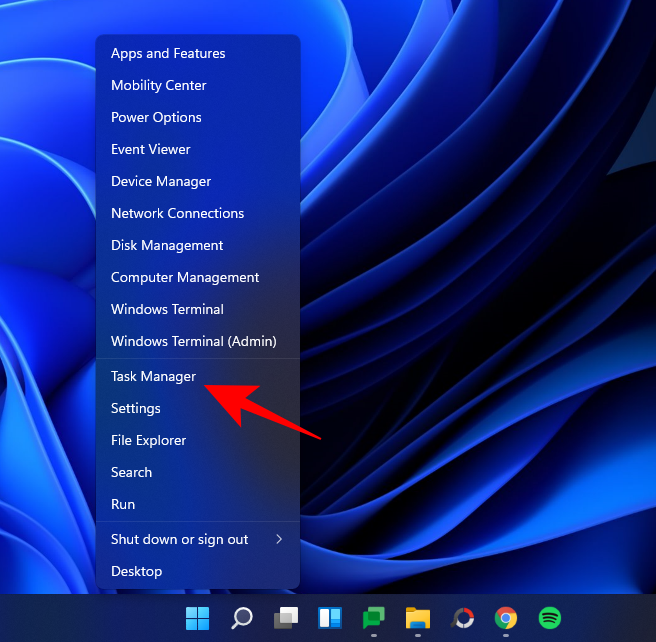
Napsauta Lisätietoja, jos Task Manager avautuu pienoismuodossa.
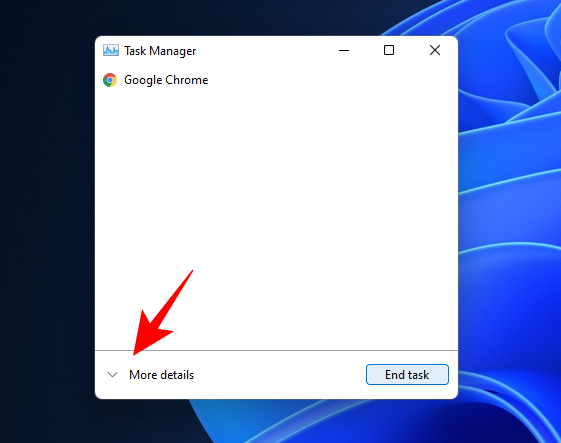
Selaa Prosessit ja etsi Windowsin Resurssienhallinta. Valitse se ja napsauta sitten Käynnistä uudelleen oikeassa alakulmassa.
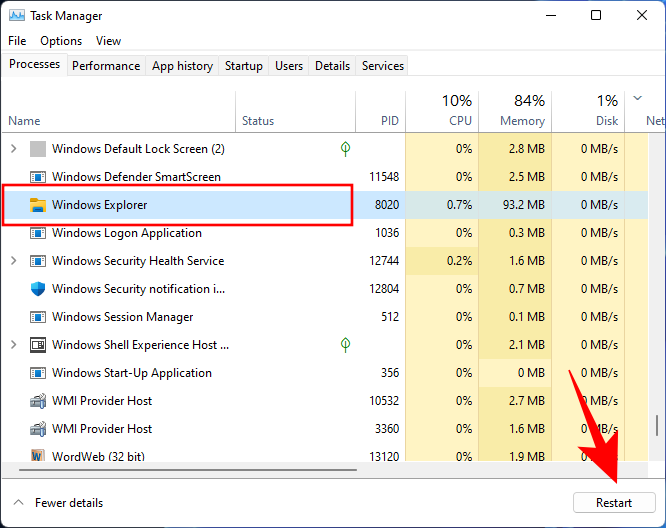
Näytön visuaaliset elementit katoavat hetkeksi ja palaavat sitten takaisin. Tämä tarkoittaa, että Windowsin Resurssienhallinta suljettiin ja käynnistettiin uudelleen.
Aiheeseen liittyvä: Päivitysten poistaminen Windows 11:ssä
Tapa #02: Käytä komentokehotetta/Windows-päätettä/PowerShellia
Toinen tapa käynnistää Windowsin Resurssienhallinta uudelleen on Windows-pääte, kuten komentokehote tai PowerShell. Esimerkissämme käytämme edellistä, mutta komennot ovat samat molemmille.
Paina Käynnistä, kirjoita cmd (tai powershell) ja napsauta sitten Suorita järjestelmänvalvojana .
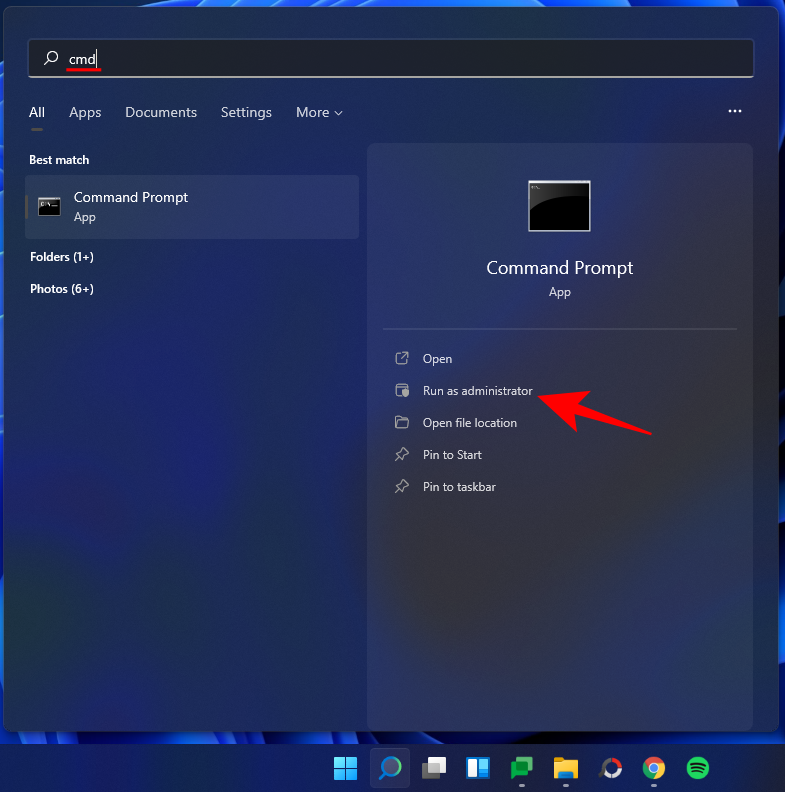
Kirjoita nyt seuraava komento:
taskkill /f /im explorer.exe

Paina sitten Enter. Heti kun teet sen, näet työpöydän muuttuvan mustaksi ja Käynnistä-valikko ja tehtäväpalkki katoavat. Tämä tarkoittaa, että olet sulkenut Windowsin Resurssienhallinnan. Käynnistä se uudelleen kirjoittamalla seuraava komento:
start explorer.exe

Paina sitten Enter. Visuaaliset elementit palaavat välittömästi.
Tapa #03: Eräkomentosarjan käyttäminen
Voit myös luoda komentosarjan käynnistääksesi Windowsin Resurssienhallinnan uudelleen, jotta seuraavan kerran sinun tarvitsee vain kaksoisnapsauttaa sitä. Näin:
Napsauta työpöytää hiiren kakkospainikkeella ja valitse Uusi > Tekstidokumentti .
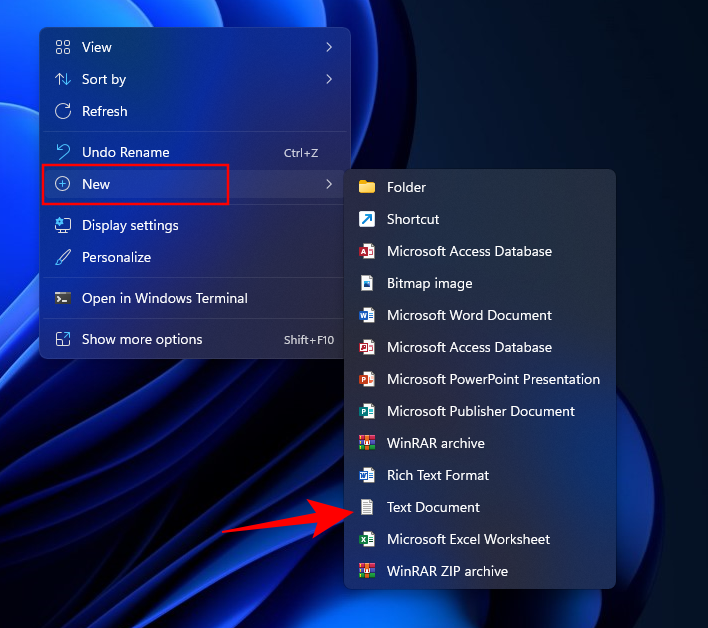
Avaa tämä Muistio-tiedosto ja kirjoita seuraava:
@echo off
taskkill /f /im explorer.exe
start explorer.exe
Vaihtoehtoisesti voit kopioida yllä olevan ja liittää sen tekstidokumenttiin.
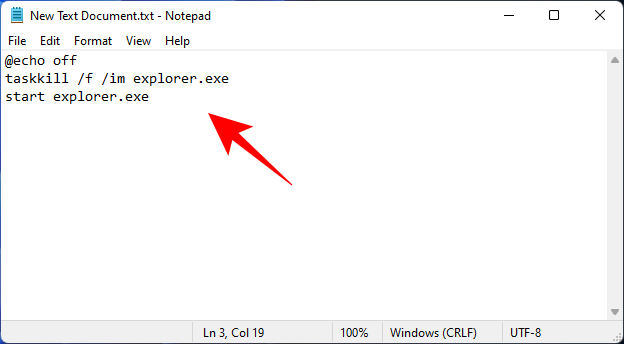
Napsauta sitten Tiedosto .
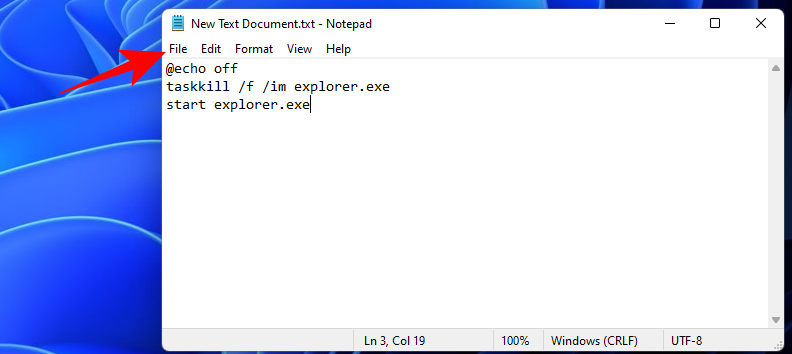
Valitse Tallenna nimellä .
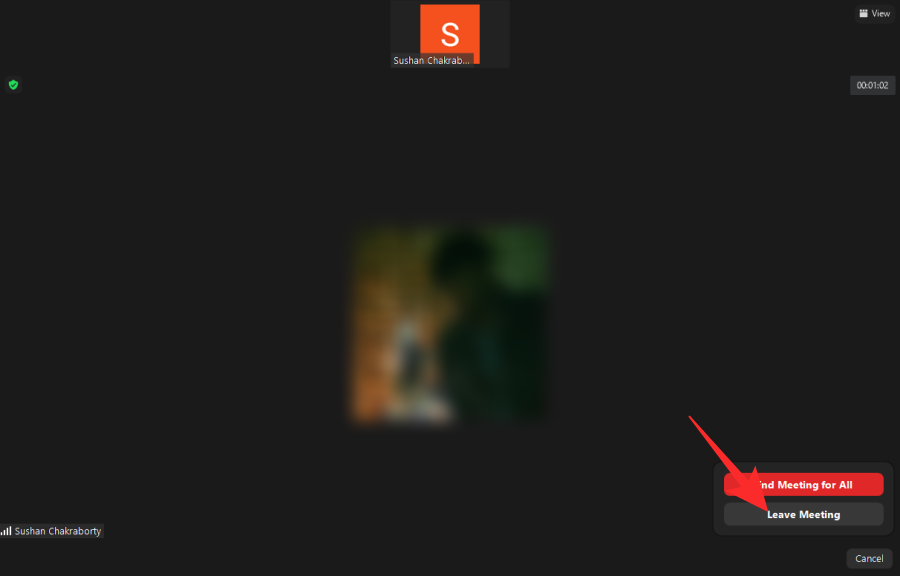
Anna tälle tiedostolle nimi ja tallenna sen päätteet nimellä .bat . Napsauta sitten Tallenna nimellä -kohdan vieressä olevaa avattavaa valikkoa .
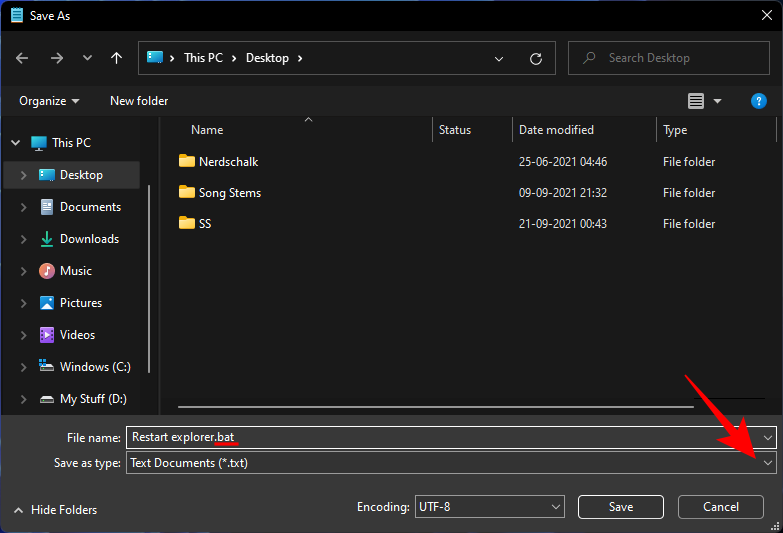
Valitse Kaikki tiedostot .
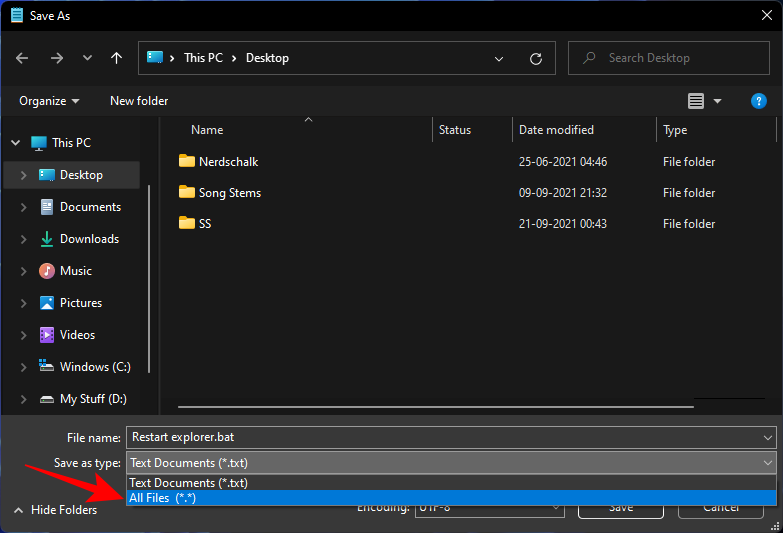
Napsauta sitten Tallenna .
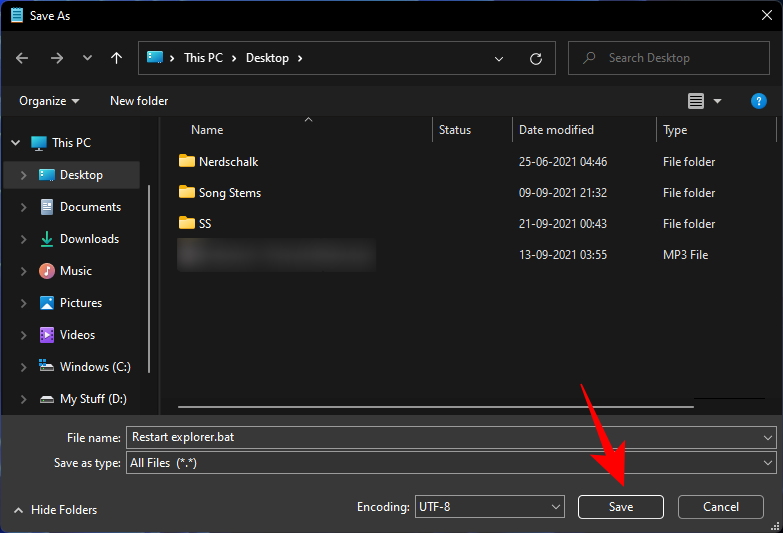
Windowsin Resurssienhallinnan uudelleenkäynnistämiseksi tarvittava komentotiedosto on nyt luotu työpöydälle. Aina kun sinun täytyy seuraavaksi käynnistää Windowsin Resurssienhallinta uudelleen, kaksoisnapsauta tätä .bat-tiedostoa.
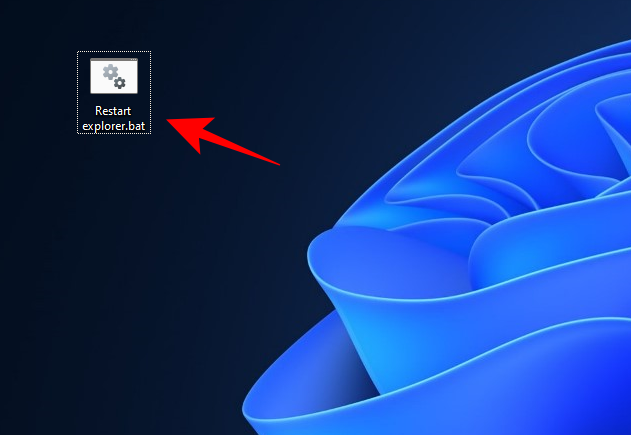
Jos edellä mainitut menetelmät vaikuttavat liian monimutkaisilta, voit lisätä pikavalikkoon vaihtoehdon Windowsin Resurssienhallinnan uudelleenkäynnistämiseksi käytön helpottamiseksi. Tätä varten sinun on kuitenkin luotava tehtävää varten erityinen rekisteritiedosto. Toimi näin:
Avaa tekstidokumentti (Muistiotiedosto) edellä kuvatulla tavalla. Kirjoita sitten seuraava:
Windows Registry Editor Version 5.00
[HKEY_CLASSES_ROOT\DesktopBackground\Shell\Restart Explorer]
"icon"="explorer.exe"
"Position"="Bottom"
"SubCommands"=""
[HKEY_CLASSES_ROOT\DesktopBackground\Shell\Restart Explorer\shell\01menu]
"MUIVerb"="Restart Explorer Now"
[HKEY_CLASSES_ROOT\DesktopBackground\Shell\Restart Explorer\shell\01menu\command]
@=hex(2):63,00,6d,00,64,00,2e,00,65,00,78,00,65,00,20,00,2f,00,63,00,20,00,74,\
00,61,00,73,00,6b,00,6b,00,69,00,6c,00,6c,00,20,00,2f,00,66,00,20,00,2f,00,\
69,00,6d,00,20,00,65,00,78,00,70,00,6c,00,6f,00,72,00,65,00,72,00,2e,00,65,\
00,78,00,65,00,20,00,20,00,26,00,20,00,73,00,74,00,61,00,72,00,74,00,20,00,\
65,00,78,00,70,00,6c,00,6f,00,72,00,65,00,72,00,2e,00,65,00,78,00,65,00,00,\
00
[HKEY_CLASSES_ROOT\DesktopBackground\Shell\Restart Explorer\shell\02menu]
"MUIVerb"="Restart Explorer with Pause"
"CommandFlags"=dword:00000020
[HKEY_CLASSES_ROOT\DesktopBackground\Shell\Restart Explorer\shell\02menu\command]
@=hex(2):63,00,6d,00,64,00,2e,00,65,00,78,00,65,00,20,00,2f,00,63,00,20,00,40,\
00,65,00,63,00,68,00,6f,00,20,00,6f,00,66,00,66,00,20,00,26,00,20,00,65,00,\
63,00,68,00,6f,00,2e,00,20,00,26,00,20,00,65,00,63,00,68,00,6f,00,20,00,53,\
00,74,00,6f,00,70,00,70,00,69,00,6e,00,67,00,20,00,65,00,78,00,70,00,6c,00,\
6f,00,72,00,65,00,72,00,2e,00,65,00,78,00,65,00,20,00,70,00,72,00,6f,00,63,\
00,65,00,73,00,73,00,20,00,2e,00,20,00,2e,00,20,00,2e,00,20,00,26,00,20,00,\
65,00,63,00,68,00,6f,00,2e,00,20,00,26,00,20,00,74,00,61,00,73,00,6b,00,6b,\
00,69,00,6c,00,6c,00,20,00,2f,00,66,00,20,00,2f,00,69,00,6d,00,20,00,65,00,\
78,00,70,00,6c,00,6f,00,72,00,65,00,72,00,2e,00,65,00,78,00,65,00,20,00,26,\
00,20,00,65,00,63,00,68,00,6f,00,2e,00,20,00,26,00,20,00,65,00,63,00,68,00,\
6f,00,2e,00,20,00,26,00,20,00,65,00,63,00,68,00,6f,00,20,00,57,00,61,00,69,\
00,74,00,69,00,6e,00,67,00,20,00,74,00,6f,00,20,00,73,00,74,00,61,00,72,00,\
74,00,20,00,65,00,78,00,70,00,6c,00,6f,00,72,00,65,00,72,00,2e,00,65,00,78,\
00,65,00,20,00,70,00,72,00,6f,00,63,00,65,00,73,00,73,00,20,00,77,00,68,00,\
65,00,6e,00,20,00,79,00,6f,00,75,00,20,00,61,00,72,00,65,00,20,00,72,00,65,\
00,61,00,64,00,79,00,20,00,2e,00,20,00,2e,00,20,00,2e,00,20,00,26,00,20,00,\
70,00,61,00,75,00,73,00,65,00,20,00,26,00,26,00,20,00,73,00,74,00,61,00,72,\
00,74,00,20,00,65,00,78,00,70,00,6c,00,6f,00,72,00,65,00,72,00,2e,00,65,00,\
78,00,65,00,20,00,26,00,26,00,20,00,65,00,78,00,69,00,74,00,00,00
Prosessin yksinkertaistamiseksi kopioi yllä oleva ja liitä se muistilehtiötiedostoon.
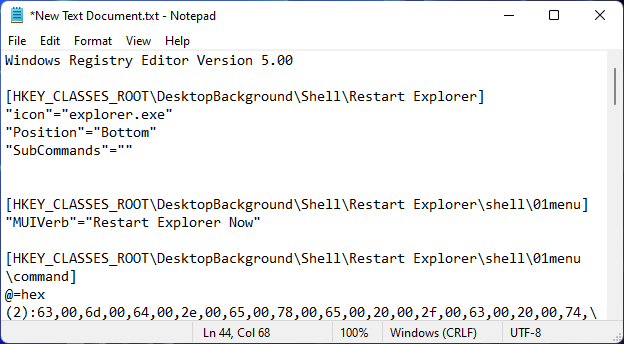
Napsauta sitten Tiedosto .
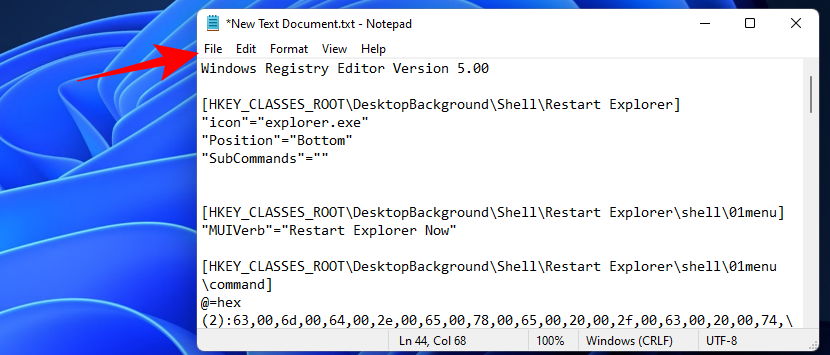
Valitse Tallenna nimellä .
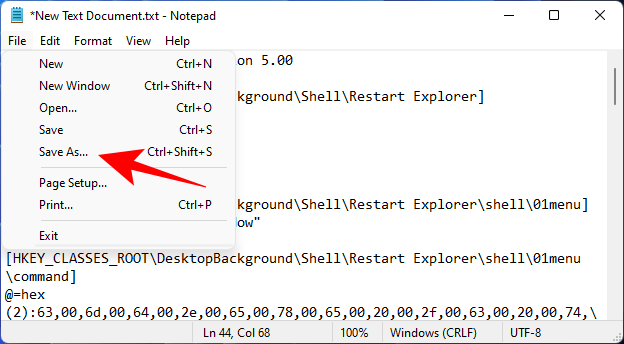
Anna tälle tiedostolle nimi ja päätä se .reg . Napsauta sitten Tallenna nimellä -kohdan vieressä olevaa avattavaa valikkoa .
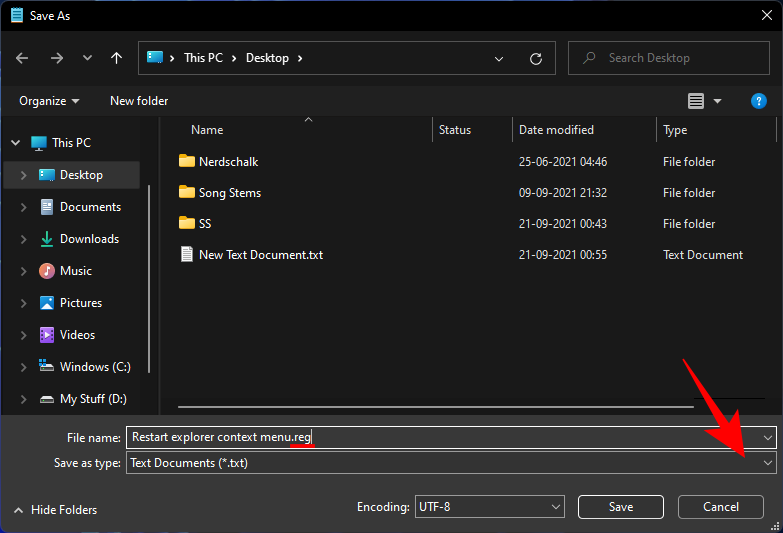
Valitse Kaikki tiedostot .
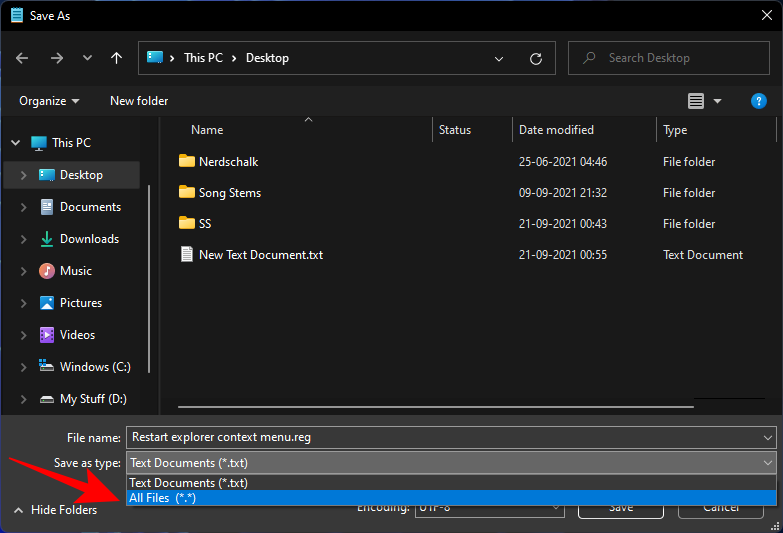
Napsauta Tallenna .
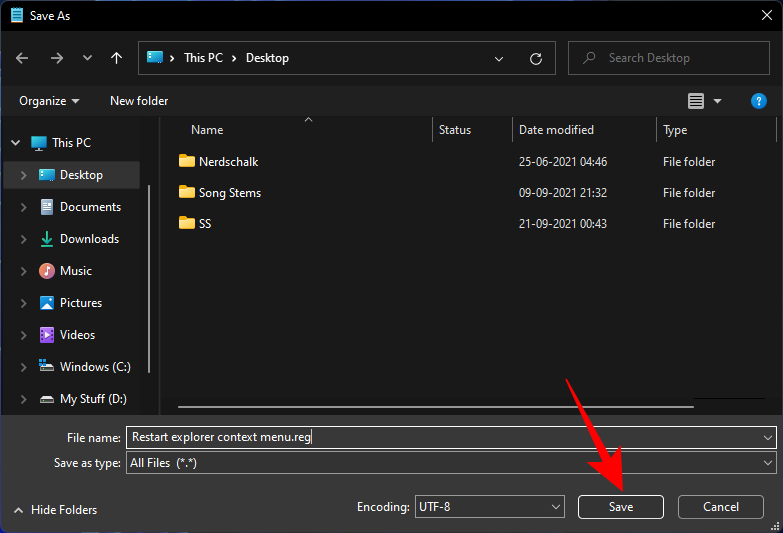
Kaksoisnapsauta nyt tätä äskettäin luotua rekisteritiedostoa.
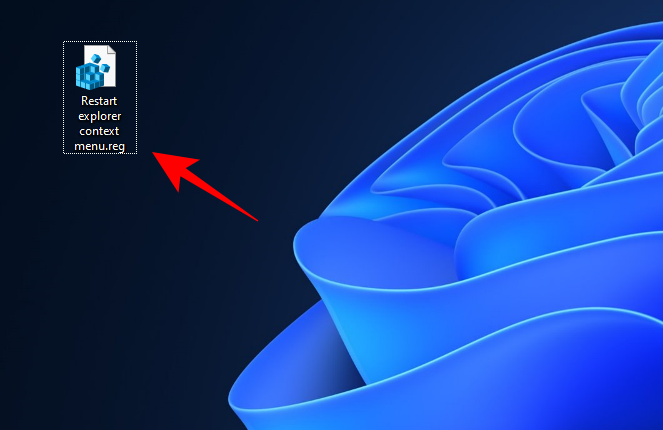
When prompted, click Yes.
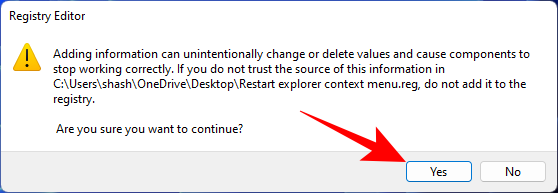
You will now get a confirmation message that the keys and values in this file are successfully added to the registry. Click OK.
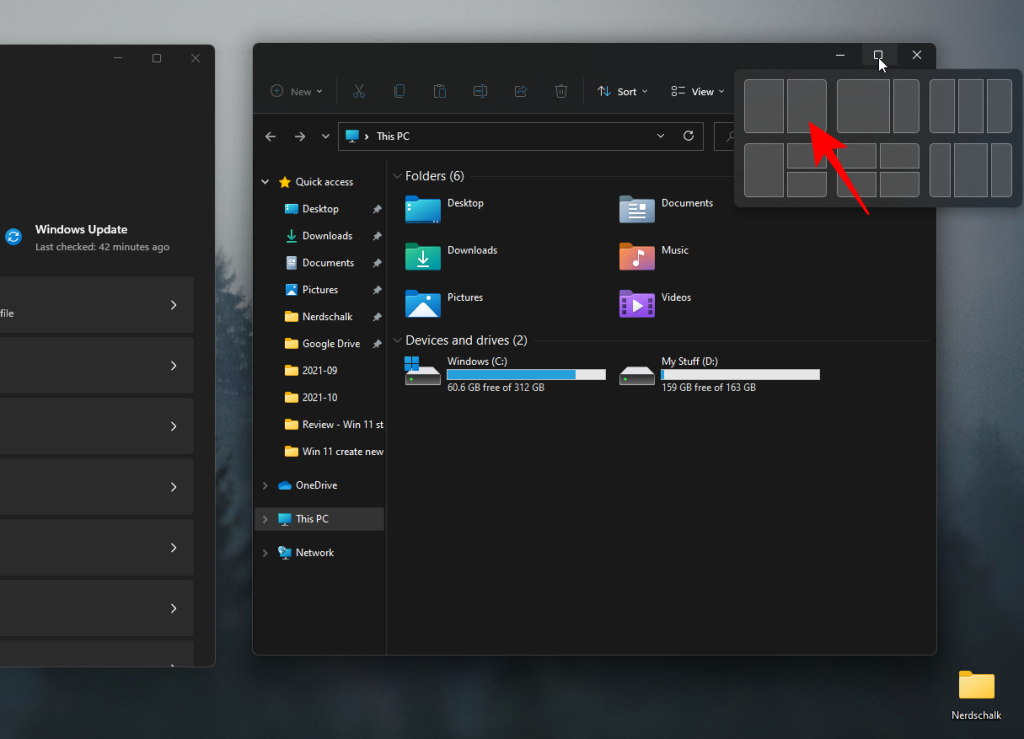
To see the new context menu option to Restart Windows Explorer, right-click on the desktop and select Show more options.
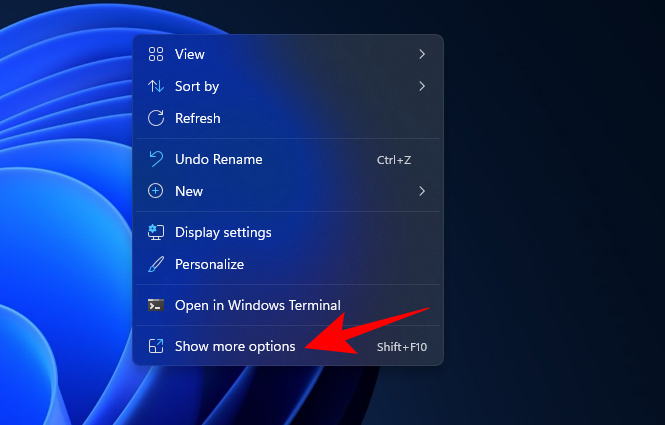
The option to Restart Explorer will be at the bottom. Hover over it to get the options to Restart Explorer Now or Restart Explorer with Pause.
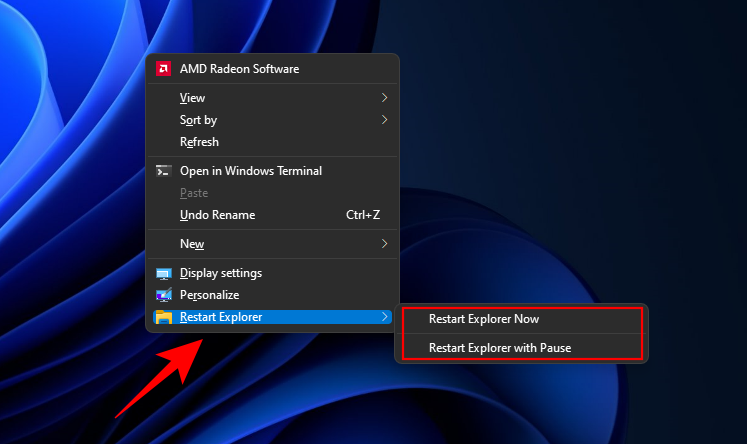
If you’d like to remove this option, create a notepad file and paste the content mentioned below in it.
Windows Registry Editor Version 5.00
[-HKEY_CLASSES_ROOT\DesktopBackground\Shell\Restart Explorer]

Then click on File > Save as.
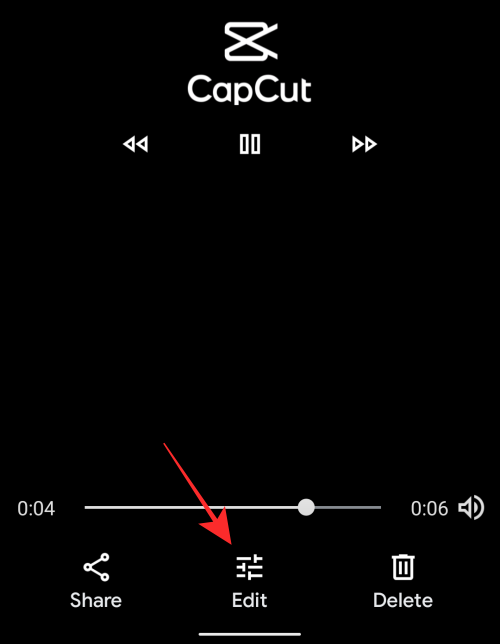
Save the file as a .reg file as we did before and save file type as ‘All files’. Then click Save.

Then double-click this newly created registry file.
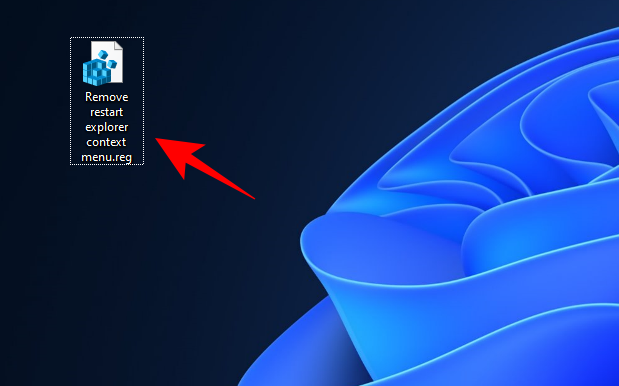
When prompted, click Yes, then click OK.

The option to restart Explorer from the Context Menu will no longer be available.
Fix: Windows Explorer has stopped working
The number one fix to Windows Explorer problems is to restart Windows Explorer using any of the methods mentioned above. This gives all the visual elements of the user shell a soft reboot, allowing them to load the data again and fix any issues that they might be having.
But there are a few other potential fixes that you may want to check out as well. Here they are:
Run SFC scan
Windows Explorer may be encountering issues due to corrupt system files. Here’s how you can check for the same and fix it:
Press Start, type cmd, and click on Run as administrator.
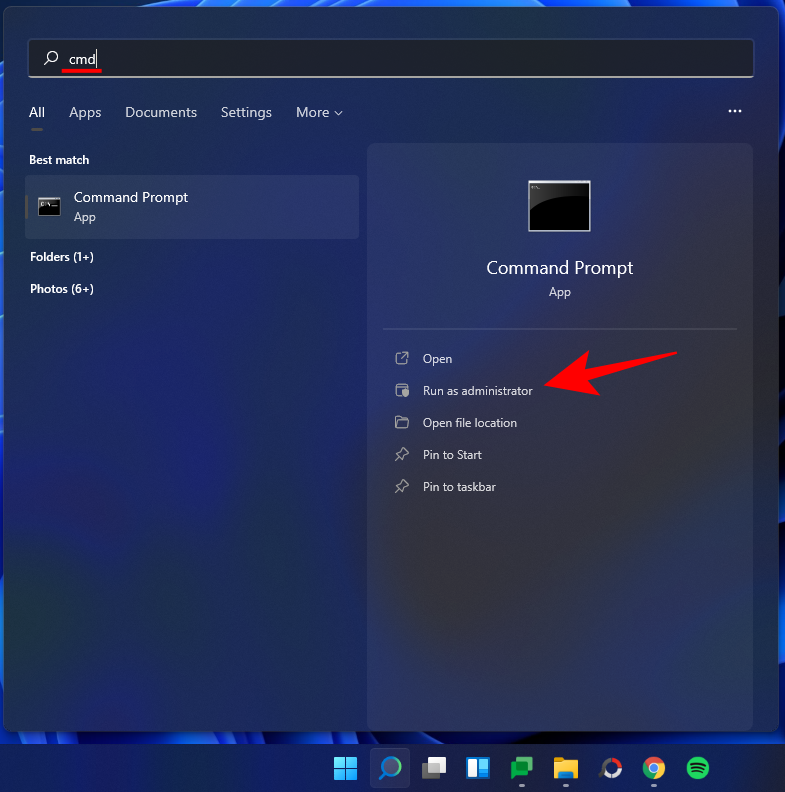
Now type the following command:
sfc /scannow

Then press Enter. This will start the System File Checker scan. You may have to wait a while before the process is finished.
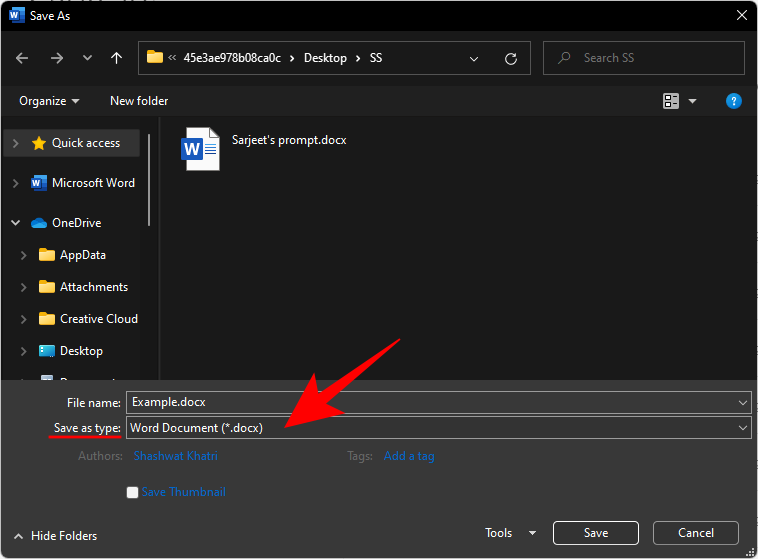
SFC Scan will find any potential problems and fix them for you.
Reboot in Safe Mode to identify the problem
Sometimes, corrupt third-party applications may be the cause of the problem. But to make sure this is the case, we have to reboot the PC in Safe Mode first. Here’s how to do so:
Press Start and click on the ‘Power’ button.
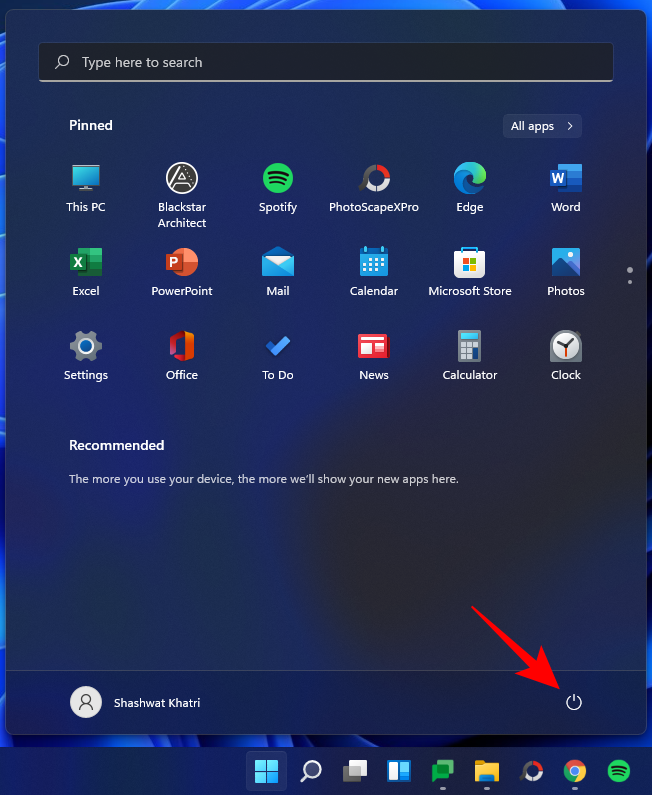
Then, while holding down the ‘Shift’ key, click on Restart.
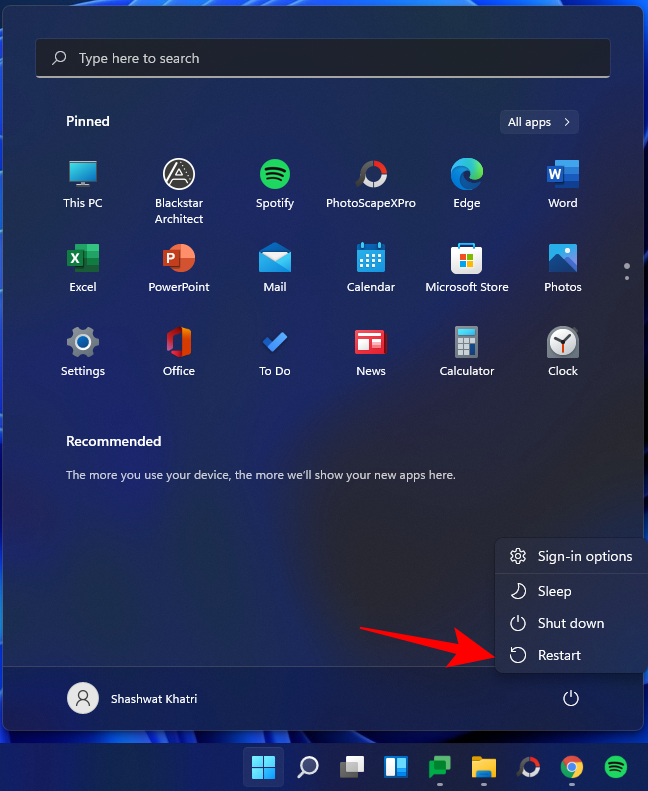
Now, while the computer is restarting, you will be taken to the Advanced Restart options. Select Troubleshoot.

Click on Advanced options.
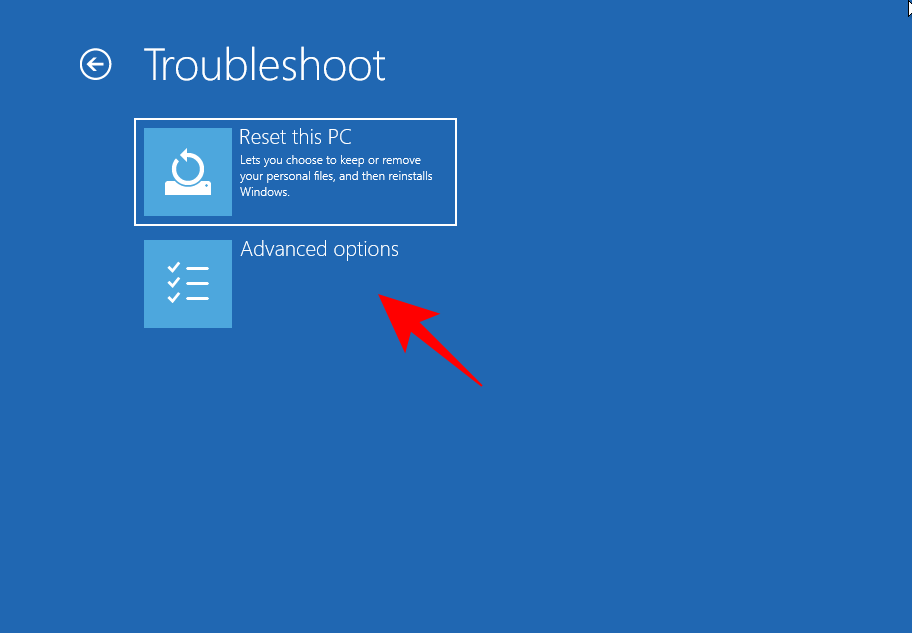
Click on Startup Settings.
Click Restart.

Now press the number that corresponds to Enable Safe Mode with Networking.

Check if the problem still persists in Safe Mode. If it does, here’s what you need to do.
Boot the computer back up normally, then press Start, type msconfig, and click on Run as administrator.

Under the ‘General’ tab, make sure to select Selective startup, but uncheck Load startup items.
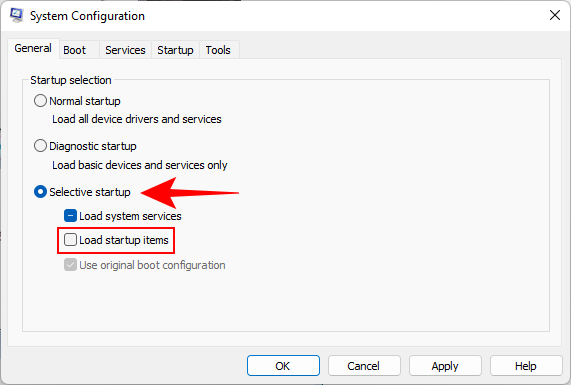
Then switch over to the ‘Services’ tab.
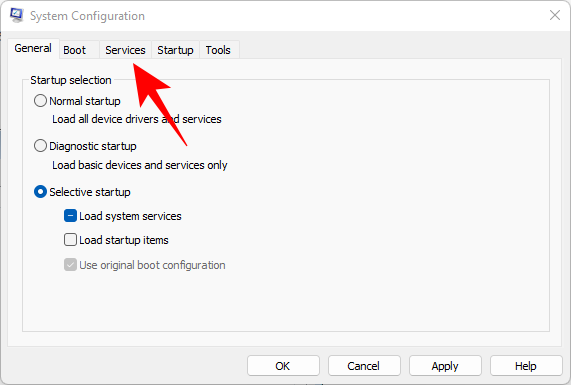
Here, click on Hide all Microsoft services at the bottom to select it. Then click Disable all.
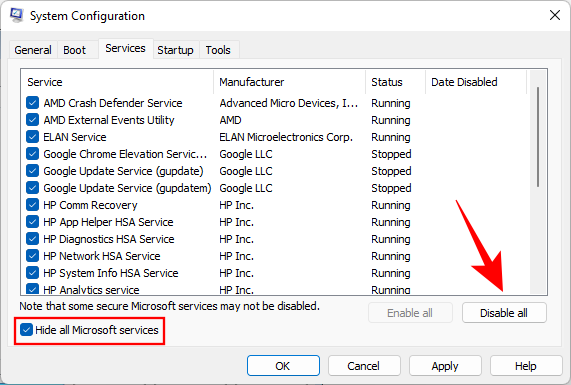
Click OK.

Restart your PC normally. If Windows Explorer is working fine, then the issue was caused most likely by a third-party app. You may need to hunt down exactly which program was interfering with the proper functioning of Windows Explorer.
We recommend uninstalling any recent apps that you may have installed around the time when this problem started to appear.
Scan for viruses
You should definitely run a full virus scan with your anti-virus program to find any viruses or malware lurking in your computer. Viruses come in various kinds and have the capacity to wreak havoc on your system, and a non-functioning Windows Explorer is one of the major symptoms.
Frequently Asked Questions (FAQs)
Windows Explorer is tied to a variety of visual elements that we as users interact with on a daily basis. It is only natural then to have questions about its functioning and what all you can do after you end or restart it. Here we answer a few commonly asked queries so you have all the information you need to make adjustments to Windows Explorer.
Is it safe to end Windows Explorer?
Yes, it is safe to end Windows Explorer. Doing so won’t lead to any problems. In fact, it may possibly fix the problems its elements may be experiencing. However, if you only end Windows Explorer without starting it up back again, you won’t have access to those very elements that have made Windows 11 stand out from its predecessors.
How often should I restart Windows Explorer?
Under normal circumstances, you won’t need to restart Windows Explorer at all. One of the main reasons why people restart Windows Explorer is when they’ve made changes to the registry the HKEY_CURRENT_USER registry key and need to see the changes implemented.
Other than that, Windows Explorer will require a soft reboot if one or more of its elements begin to malfunction. But if you’re constantly having to restart Windows Explorer, the problem may be found elsewhere. Refer to our fixes above to sort this issue.
Why does Windows Explorer keep crashing?
There are a few reasons why Windows Explorer may not be working as usual. But viruses within third-party applications downloaded from unknown or untrustworthy sources is one of the common cause for this. Windows Update too can introduce Explorer bugs with recent updates, especially if you’re on the Dev channel, although it’s not often the case.
Is any data lost when restarting Windows Explorer?
No, your data is not lost when you restart Windows Explorer. All your files and applications will return to the state in which they were when you restarted Windows Explorer. The only elements that are impacted are the UI elements that are dependent on Windows Explorer, such as the desktop, the Start Menu, File Explorer, and the taskbar.
Do copy paste keep working or get stopped?
Yes, the copy-paste function still keeps working when you end or restart Windows Explorer.
Can you reopen the same windows again after restarting Windows Explorer?
Yes, you can open the same windows again after restarting Windows Explorer. However, if you were using File Explorer to navigate through your drives and folders, you will have to open it up from the beginning and get to the folders you were accessing when you restarted Windows Explorer.
So these were the ways that you can restart Windows Explorer and when you should be doing so. We hope you now have a better understanding of the processes of Windows Explorer and the ways to manage them.
RELATED

